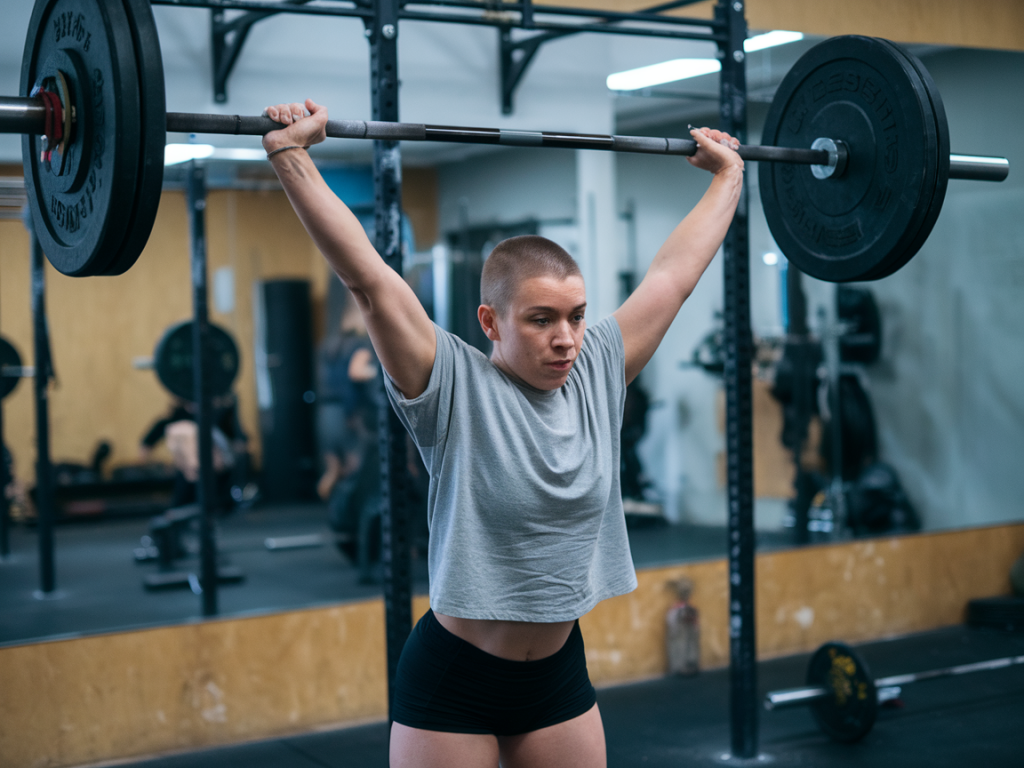
Strength training has always intrigued me, and I remember when I first stepped into the world of fitness, it felt a little overwhelming. The wide array of equipment, exercises, and terms like "deadlift," "circuit training," or "progressive overload" sounded intimidating. But over time, I realized that strength training isn’t just for seasoned athletes or bodybuilders. It’s a transformative and rewarding journey that anyone, including beginners, can embark on. If you're new to strength training and looking for long-lasting results, then you're in the right place!
Why Strength Training?
First, let’s address the why. Strength training isn’t just about muscle building or achieving a sculpted physique (though those are great perks!). It’s about improving your overall health and daily quality of life. Strength training can boost metabolism, enhance bone density, improve posture, and even support mental clarity. Who doesn’t want to feel stronger, healthier, and more vibrant?
According to Harvard Health, regular strength training can reduce the risk of chronic diseases like diabetes, heart disease, and osteoporosis. Plus, it has a noticeable impact on mental health, reducing feelings of stress, anxiety, and even depression. The benefits are too good to ignore, wouldn’t you agree?
Start with the Basics: What You Need to Get Started
One of the biggest misconceptions about strength training is that you need to invest in fancy equipment or an expensive gym membership. Truth is, your body weight is an excellent starting point. Here’s what you’ll need to begin:
- Comfortable workout clothes: Invest in breathable fabrics like polyester or nylon blends. Brands like Nike, Gymshark, or Decathlon offer beginner-friendly options.
- A pair of dumbbells: If you're working out from home, get a set of light dumbbells (3-5kg) to begin with. Alternatively, resistance bands are compact, affordable, and effective.
- Workout mat: To help with comfort during floor exercises like planks or stretches, a non-slip mat is a must.
- Water and towel: Staying hydrated and prepared is key to pushing through those first sessions!
Once you have these basics, you’re ready to go. If you’re planning to join a gym, that’s fantastic too. Most gyms have beginner guides, personal trainers, or induction sessions to help new members orient themselves.
Key Principles to Remember
Before jumping into exercises, it’s important to understand a few fundamental principles to set yourself up for success:
- Form over weight: It can be tempting to lift heavier weights right away. But trust me, proper form will always beat a higher weight. Make sure you prioritize technique to prevent injuries and to maximize results.
- Start small: Especially if strength training is new to you, begin with manageable weights or bodyweight exercises. Progressively increase the intensity as you grow stronger.
- Rest days matter: Your muscles need time to recover and grow stronger. Aim for at least 1-2 rest days per week.
- Nourish your body: Think of your body as a machine that requires quality fuel. Include protein-rich foods like chicken, eggs, beans, or protein shakes to support muscle repair.
A Beginner's 3-Day Strength Training Plan
Now that you’re ready, here’s a simple, beginner-friendly strength training plan that you can try out. Spread the workouts across the week and make sure to listen to your body.
| Day | Exercise | Repetitions/Sets |
|---|---|---|
| Day 1 – Upper Body |
| 10–12 reps x 2 sets |
| Day 2 – Lower Body |
| 10–12 reps x 2 sets |
| Day 3 – Core & Flexibility |
| 2 sets for core exercises; hold yoga poses for 15–20 seconds each |
Staying Consistent
Here’s the honest truth: strength training results don’t come overnight. It takes time, commitment, and patience to see the changes you’re working toward. One of my favorite tools for consistency is a fitness journal or app. Apps like MyFitnessPal or Strong can help you track your workouts, monitor progress, and stay motivated.
Another idea is to find a workout buddy. Exercising with a friend or joining a local class can make the journey more fun and keep you accountable. Sharing progress and cheering each other on amplifies the excitement of every milestone.
Tips for Long-lasting Results
Consistency is undoubtedly the foundation of long-term success, but there are other strategies to maximize your gains:
- Progressive overload: Gradually increase the weight, repetitions, or intensity of your workouts over time to push your body to adapt and grow stronger.
- Adjust your recovery rituals: Incorporate foam rolling or yoga into your routine to ease muscle soreness and improve flexibility.
- Celebrate small victories: Every step counts. Whether you lift heavier weights or complete an extra set, acknowledge your progress.
- Stay curious: Explore different exercises to prevent boredom and to challenge your muscles in new ways.
Remember that strength training is as much about enjoying the journey as it is about achieving the results. Every workout is a step closer to a stronger, healthier you. So, lace up your sneakers, grab those weights, and let’s get started!

